Analytical Procedure Errors and their Minimization
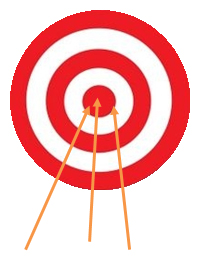
An understanding of analytical errors is essential before you report your results with the required level of confidence. However, before talking about errors you should have clarity on the terms accuracy and precision. Most of us believe that these terms have same meaning but the example of arrows striking a target.
- Accurate and precise – all the results are close to the actual value and fall close lo each other. This is the desired situation
- Precise but not accurate – the results lie close to each other but are removed from the true value
- Accurate but not precise – all results are close to the true value but do not fall close to each other
- Not precise and not accurate – the results are scattered and not even close to the true value.
Errors in analytical measurements
The error in an analytical measurement is sum total of a number of contributing errors:
- Errors in procedure – you may not be following a validated procedure
- Measurement errors – measurement errors result from incorrect measurements due to personal perceptions, such as an error in observing your reading due to parallax error or error in noting the colour change in a titration.
- Transcription errors – result from noting down errors in the record books after making the observations
- Conversion and calculation errors – result from treatment of observed data using statistical tools
Types of errors in analytical measurements
Broadly speaking analytical measurements errors fall into two categories
- Systematic or determinate errors
- Random or indeterminate errors
Now you will be introduced to each of these errors and some suggestions will be offered to reduce or minimize such errors
Systematic or Determinate errors
Systematic errors can be determined, quantified and can be avoided. These comprise errors of a method, instrument errors and reagent errors. The following corrective actions can be applied to remove or eliminate such errors
- Calibration of instruments and volumetric apparatus against reference standards and applying the correction factors
- Use of high purity reagents and chemicals
- Validation of method before use
- Running blanks under identical conditions as for sample analysis and applying correction factor
- Comparison of results through independent methods or interlaboratory comparisons
- Using corrective methods such as standard addition or internal standards
- Increasing analyte concentration prior to an analysis or derivatization with specific reagents
Random or indeterminate errors
Random errors manifest due to variations in a number of observations made by same observer with greatest care under as nearly identical conditions as possible. Generally such errors are not errors of the technique but personal errors of the observer.
Common personal errors are of the following types.
- Incomplete drying of sample before weighing
- Material loss during transfer of precipitates
- Errors in transfer of solutions
- Parallax errors in reading the rates and pipettes
- Errors in making dilutions
- Errors in observation of colour change during titrations
- Transcription errors
It is general observation that small errors occur more frequently than large errors and secondly positive and negative errors of same magnitude have equal probability of occurrence
Personal errors cannot be eliminated totally but can be reduced through proper training and introduction of automated analysis systems. Increase in sample size and number of observations also help in reduction of such errors. You may share your experiences and offer your comments on analytical errors and their minimization.

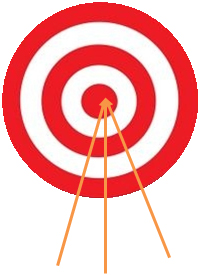
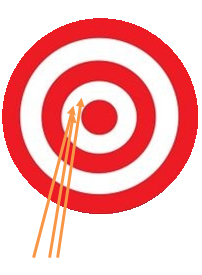
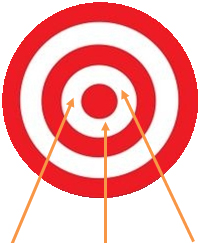
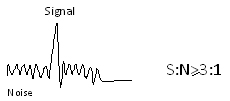

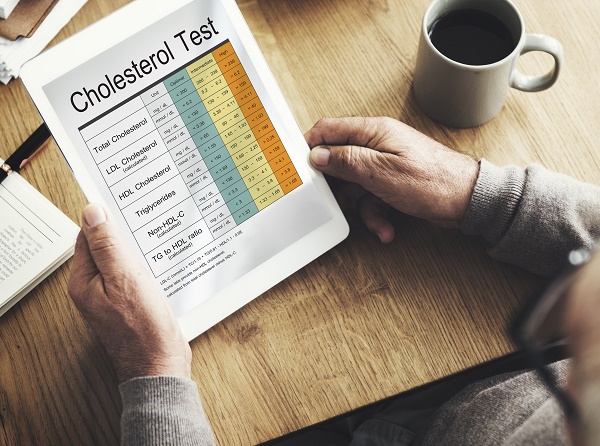
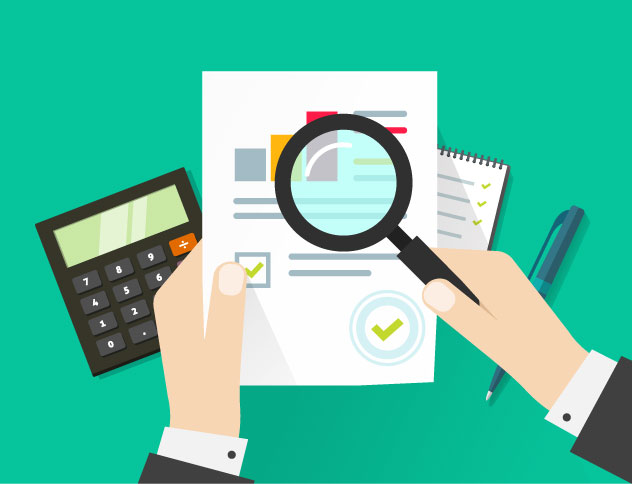
[…] on every experiment that is performed. To be consistent, lab managers need to identify ways to remove or reduce the error rate in the chemistry […]
Yes indeed.Basic chemistry related errors should be avoided
How do i calcualte the measurement of uncertaininty for a pool of data.
The different types of error given appear to be systematic rather than random. Please I need more clarification. Thank you.
Good question.Errors covered in the article are mainly systematic and not random because you can exercise control over systematic errors but can hardly control random errors
Can we use automated analytical system in all chemical titration ?
Automated titration techniques are used mainly monitoring reactions based on electrochemical analysis such as potentiometry and amperometry.
Please! place here the “different methods to remove the errors in analytical chemistry” other than these two only.
Errors are grouped into two categories- Determinate which can be identified and eliminated and Indeterminate which cannot be quantified. Please do let me know if there is any other category. Thanks
Sir what about gross and Blunder errors
How do u minimize determinant error in detail